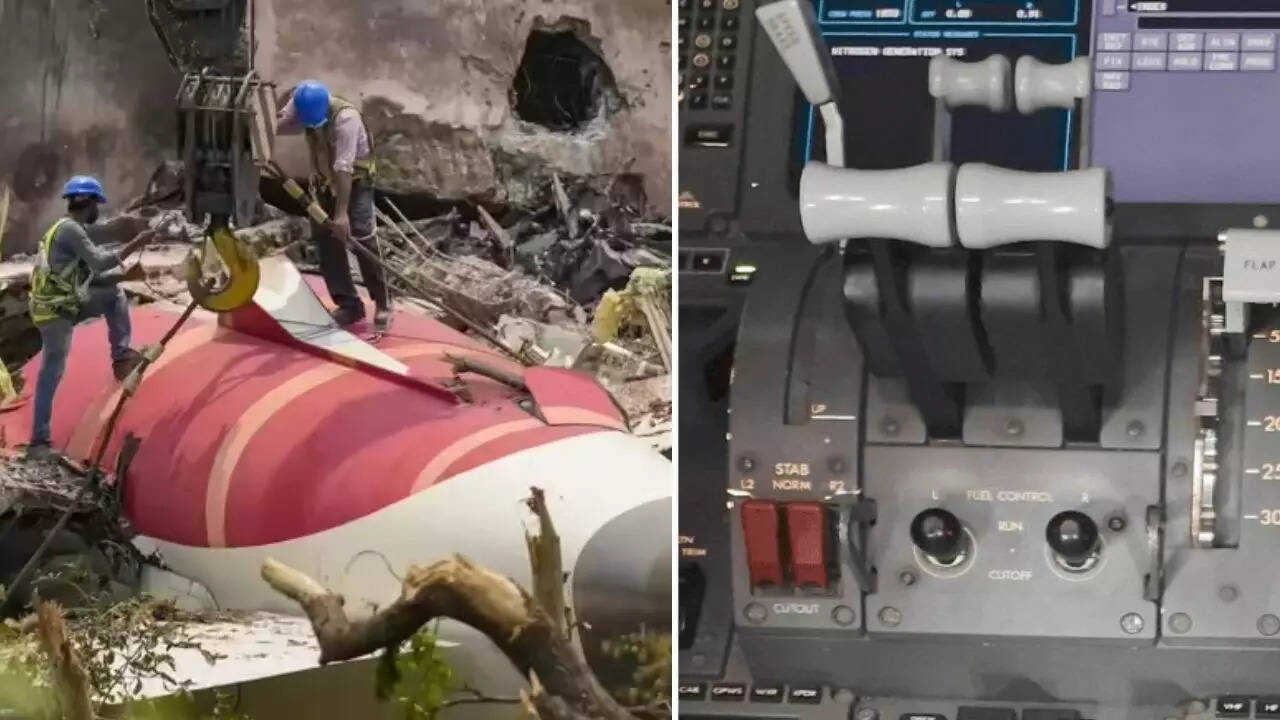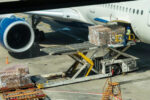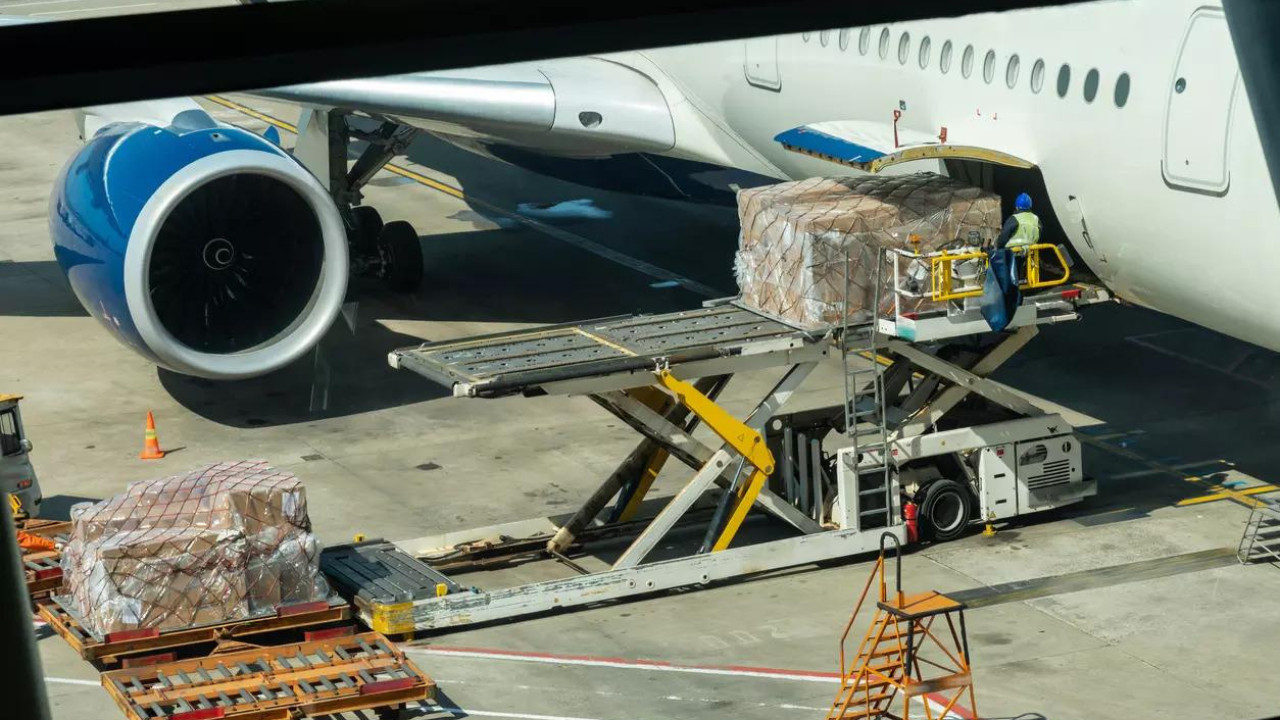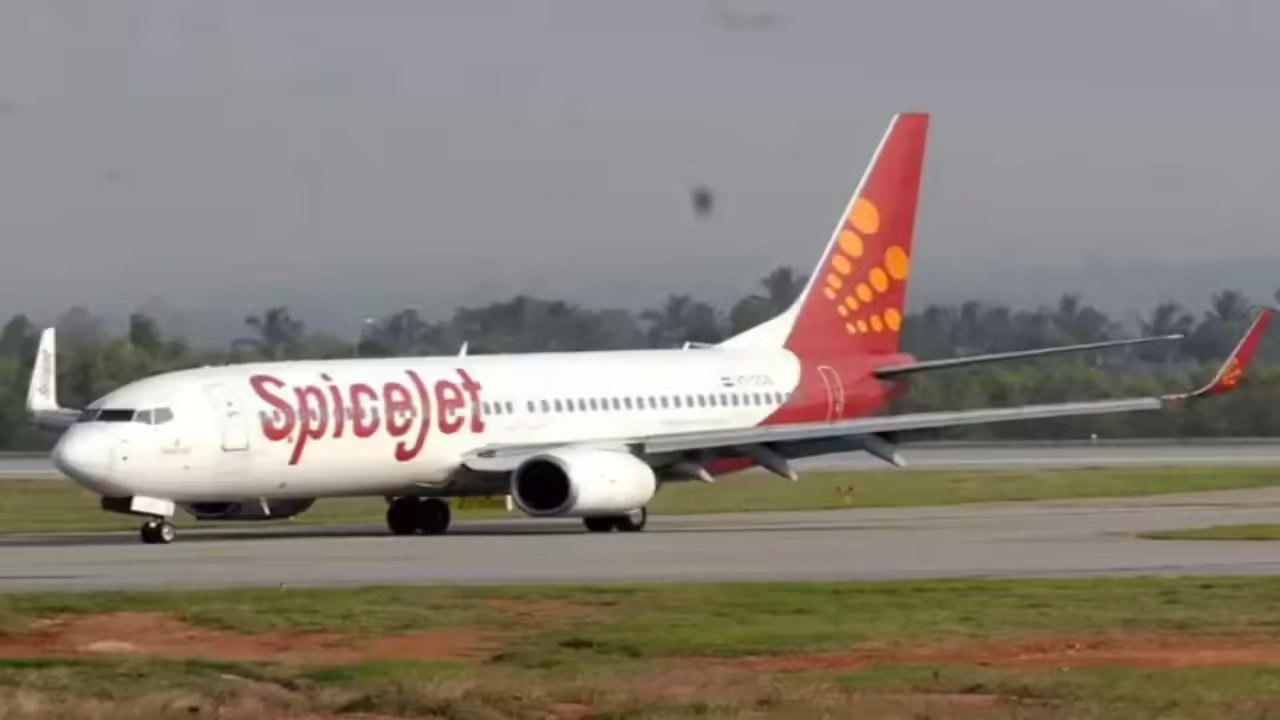A preliminary report on the Air India Flight AI171 crash revealed a catastrophic engine failure just seconds after takeoff from Ahmedabad. Both engines of the Boeing 787-8 Dreamliner lost power due to a sudden fuel supply cutoff, leading to the fatal accident. Investigators are probing the cause, focusing on fuel control switches and a prior FAA warning.
The Curious Case of the Air India Fuel Switches: A Deep Dive
The recent Air India incident, thankfully without casualties, has put a spotlight on a seemingly mundane aspect of aviation: fuel management. While investigations are ongoing, one particular detail has caught the attention of aviation enthusiasts and safety experts alike – the position of certain fuel control switches in the cockpit. But why are these switches, seemingly simple in their function, suddenly the subject of intense scrutiny? Let’s break down the mystery and understand their crucial role in keeping planes safely aloft.
Understanding Fuel’s Role in Flight
At its most basic, a plane needs fuel to power its engines and, well, fly. However, the way this fuel is managed is far from simple. Modern aircraft, especially long-haul workhorses like the ones Air India utilizes, have multiple fuel tanks strategically positioned throughout the wings and fuselage. This distribution is not arbitrary. It’s carefully engineered to maintain the aircraft’s center of gravity, a critical factor for stability during flight. Think of it like balancing a seesaw – you need to distribute the weight evenly to prevent tipping.
Now, imagine you have those different fuel tanks. You need to transfer the fuel from one to another. Fuel pumps and crossfeed systems help with that. Fuel pumps, as the name suggests, actively pump the fuel from the tanks to the engines. The crossfeed system acts as a bridge, allowing fuel to be drawn from any tank to feed any engine. This redundancy is a vital safety net, offering flexibility in case of pump failure or uneven fuel consumption.
<img src="image-url-here.jpg" alt="Illustration of an airplane's fuel system highlighting the fuel switches.”/>
The Focus on Fuel Switches
So, where do these switches come in? These seemingly innocuous controls are the command center for this entire fuel management orchestra. They dictate which tanks are feeding which engines, and whether the crossfeed system is active. Mismanagement here can lead to dire consequences.
In the Air India incident, questions are being asked about the position of these switches. Were they set correctly? Did they contribute to the reported engine issue? Understanding the potential implications requires diving deeper into the “why” behind their importance.
Why Switch Positions Matter So Much
The right switch position ensures balanced fuel consumption, keeping the aircraft stable. Imagine one wing becoming significantly heavier than the other due to an imbalance in fuel. This could induce stress on the airframe and, in extreme cases, compromise control.
Furthermore, specific switch positions can isolate a malfunctioning fuel pump or tank, preventing contaminated fuel from reaching the engines. This is critical for maintaining engine health and preventing inflight shutdowns. Finally, in emergency situations, pilots use fuel switches to quickly shut off fuel supply to a damaged engine, mitigating the risk of fire.
What Happens When Things Go Wrong?
Incorrect fuel switch settings are a serious matter. In the worst case scenario, it could lead to both engines shutting down. Even a single engine failure due to fuel starvation can create a perilous situation, especially during critical phases of flight like takeoff or landing. The switches can lead to asymmetric thrust (uneven engine power) and make the aircraft more difficult to handle.
The Investigation’s Next Steps
The ongoing investigation will undoubtedly delve into the flight data recorder (the “black box”) and cockpit voice recorder to reconstruct the precise sequence of events. This includes analyzing the fuel switch positions at various points during the flight and comparing them to the planned fuel management strategy. Investigators will also examine the maintenance records of the aircraft to rule out any pre-existing mechanical issues.
Ultimately, the goal is to identify the root cause of the incident and implement preventative measures to ensure the continued safety of air travel. This incident serves as a potent reminder of the complex interplay of factors that contribute to flight safety, and the critical role even seemingly simple components like fuel switches play in ensuring a smooth and uneventful journey.
By examining the facts in the black box, the airline industry can learn from such experiences and create improved safety protocols. Air India itself will likely use the report’s recommendations to update pilot training and procedures. Aviation is, after all, an industry dedicated to continuous improvement. (See our article on [recent FAA regulation changes](internal-link-placeholder.com)).







